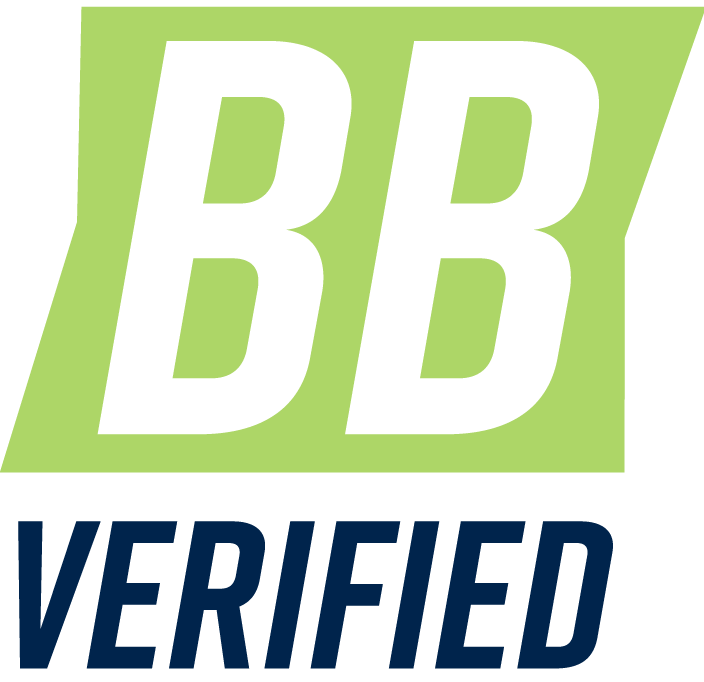What is the Difference Between VFR and IFR flying?
Navigating the skies requires a comprehensive understanding of Visual Flight Rules (VFR) and Instrument Flight Rules (IFR). This article delves into the intricacies of both, their applications, and the impact on pilot decision-making.
Furthermore, it provides an insight into Flight School training programs, exploring the financial aspects of aviation careers and investment required. Knowledge of these elements is crucial for aspiring pilots keen to chart a successful path in the dynamic world of aviation.
Understanding VFR and IFR in Aviation

Delving into the intricacies of aviation, it is essential to understand the crucial roles that Visual Flight Rules (VFR) and Instrument Flight Rules (IFR) play in the safety, efficiency, and overall conduct of flight operations.
VFR, which provides pilots with the freedom to select their path and altitude, is often suitable for clear weather conditions. Conversely, IFR is employed in adverse weather conditions, offering a pre-determined flight route and additional safety checks from air traffic control.
Deciding between VFR vs IFR: which is right for you, depends on factors such as aircraft equipment, weather conditions, and flight objectives. While both have their pros and cons, it is vital to weigh each option's benefits and limitations to ensure safe and efficient flight operations.
Choosing Between VFR and IFR
In light of the differences and unique advantages that both VFR and IFR offer, making a choice between these two flight rules requires careful consideration and understanding of specific flight parameters.
The pros and cons of VFR and IFR flying can largely influence this decision. VFR, with its freedom in route selection and dependence on visual cues, is ideal for clear weather conditions and flights that require flexibility.
IFR, on the other hand, is preferable in adverse weather or for long-haul flights needing precision and air traffic control assistance. Factors influencing the choice between VFR and IFR include aircraft capabilities, pilot's skill level, weather conditions, and the purpose of the flight.
Therefore, a comprehensive understanding of these factors is imperative for making an informed choice.
Benefits of IFR Over VFR
Operating under Instrument Flight Rules (IFR) offers several advantages over Visual Flight Rules (VFR), particularly in terms of precision, safety, and efficiency.
The importance of weather conditions in aviation cannot be overstated, and IFR provides the ability to fly in diverse meteorological scenarios. IFR permits flight in poor visibility conditions, where navigation and control are based primarily on instruments, enhancing safety.
Efficiency is another advantage, as IFR enables direct routing and higher cruising altitudes, reducing flight time and fuel consumption. Furthermore, the advantages of air traffic control in IFR flights are significant.
It offers continuous monitoring, traffic separation, and routing adjustments to prevent collisions and expedite traffic flow, thereby enhancing situational awareness and reducing pilot workload.
Path to Becoming a Commercial Pilot

Embarking on the journey to becoming a commercial pilot involves rigorous training, dedication, and a clear understanding of both Visual and Instrument Flight Rules. The timeline for becoming a commercial pilot typically spans two years, starting from zero experience to acquiring 1500 flight hours.
This path requires not only mastering theoretical studies but also gaining practical experience in different flight conditions, including VFR and IFR. Once this milestone is attained, numerous job opportunities for commercial pilots open up, spanning regional airlines, cargo transportation, charter flights, and more. Each offers diverse experiences and rewards.
However, it is important to note that the demand and competition in this field are high, and thus, continuous skill improvement and adaptability are key to a successful career.
Financing Your Pilot Training
Financing your pilot training is a significant consideration, as it involves understanding the costs associated with flight training programs, identifying available scholarships and incentives, and exploring various financing options.
Pilot training costs can be substantial, covering aspects such as tuition, equipment, and examination fees. Scholarships are often available through aviation organizations and institutions, offering financial support to aspiring pilots.
Additionally, there are several pilot financing options. These can range from traditional loans and payment plans through your training institution to specialized aviation financing firms. Some airlines even offer tuition reimbursement programs.
It's crucial to research all available options thoroughly, considering your personal circumstances and long-term career goals, to make an informed decision on financing your pilot training.
The Bottom Line
In conclusion, understanding the distinction between Visual Flight Rules (VFR) and Instrument Flight Rules (IFR) is essential for prospective pilots. Both possess unique merits and limitations, with the choice dependent on multiple factors.
Research your flight school prospects to ensure it offers comprehensive programs to master both. Additionally, the financial aspects of a career in aviation, including pilot salary, bonuses, and training costs, necessitate careful consideration. Various financing options and scholarships are available to help manage the financial investment required for flight training.
Discover
excellent
local
businesses!
Our unique content—articles, ratings, reviews, and videos—help consumers make better purchasing decisions while promoting companies striving to provide customer service excellence.
| Updated Today |
|---|
| Accounting |
| Chiropractors |
| HVAC |
| Moving |
| Physical Therapy |
| Plumbing |
| Roofing |
| Windows and Doors |
Is
your
business
in our
directory?
Update your business information to become more visible in our directory. Your lead form will also be activated.
Find your company >






